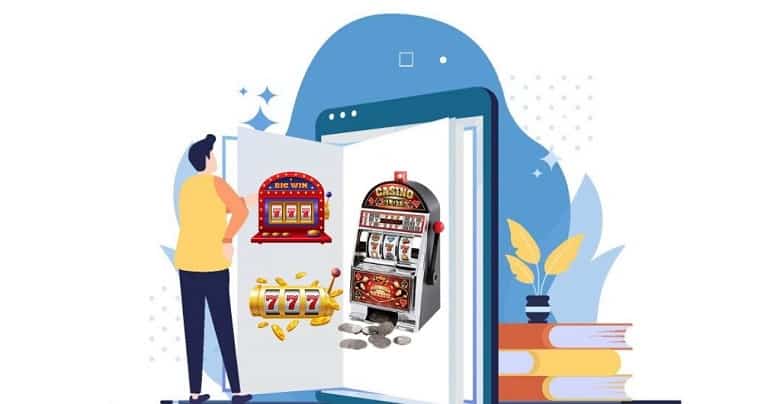Machine Learning and Casino Strategy

Answering the question of whether machine learning can be used to win at the casino is quite a complex one. Consider the situation when you are in the casino, and you want to select a slot machine from a range of machines available there. Now it is also a fact that some machines might provide you higher payouts than other machines and most of the time it is a difficult decision to take on the part of the gamer that which machine to select and go for.
Solution of Problem
You cannot give a simple answer to this question, and you can’t reach a conclusion just by randomly trying machines one by one at a time. You at least need to try each machine a couple of times to know their behavior in terms of providing you the payout. It is also not a wise decision to keep shifting on the machines on a random basis because that is not going to help you in terms of providing any clear picture of the payout. Some Gamers also try to stick to only one particular machine, but at the end of the day, this decision might sound ok, but it also has the negative aspect that you might be sticking to a machine which is providing your lower payout.
Epsilon Greedy strategy
Now the situation seems to be difficult, but yes, there is one simple answer to this situation – the Epsilon Greedy strategy. According to this strategy, 90% of the time, you pick the machine that has given you the best payout so far, and the rest of the 10% you can go randomly for any slot machine. This 90% and 10% strategy is so simple yet effective that you can easily apply it to real-life conditions even to your investment decisions where the profits and losses are quite significant criteria for your investment.
Real-world Cases
Many organizations use this criterion even in their research and development processes, especially when the result of a particular innovation is not certain. Replicating the same criteria for the research and development process 90% time a company should be investing in work, which it knows has the maximum value. The rest of the 10% time you can go for processes which you might think could be more valuable for your organization. It is also important that you should be using the 90%/10% criteria on context-based situations, and accordingly, you can adjust the percentage to get more effective results.
Defining Value
The tricky question here is to define what the value for an organization is. Value can take both qualitative and quantitative forms, and while the quantitative form can be easily determined, qualitative is going to be a tricky question for the organization. Hence, it is absolutely mandatory that qualitative terms must be defined in unambiguous terms so that the person involved in the process can easily make out what it means to be a qualitative criterion.
Conclusion
In sum, the strategy of Epsilon-Greedy allows the organization to balance important aspects effectively and comprehensively. Take, for instance, the example of Google, which is known to devote 20% of its time to create the products which have incredibly high value for the organization. Many other successful organizations have adopted the same formula, and in a turbulent situation we are in, it is essential for the organization to go ahead with the right kind of implementation because that will enhance the chances of their success many times.



